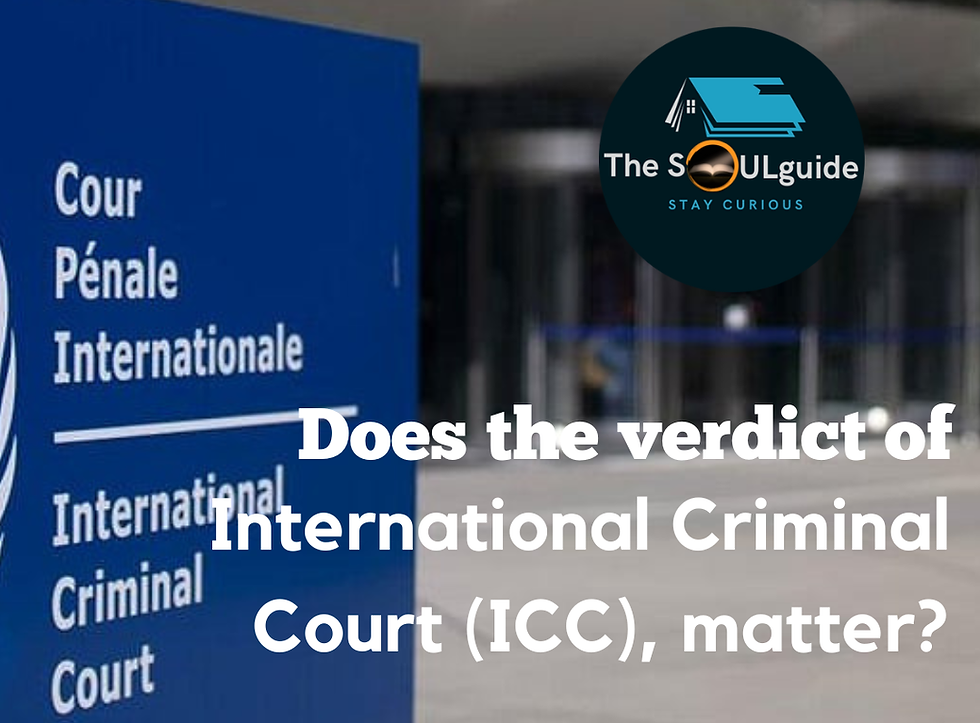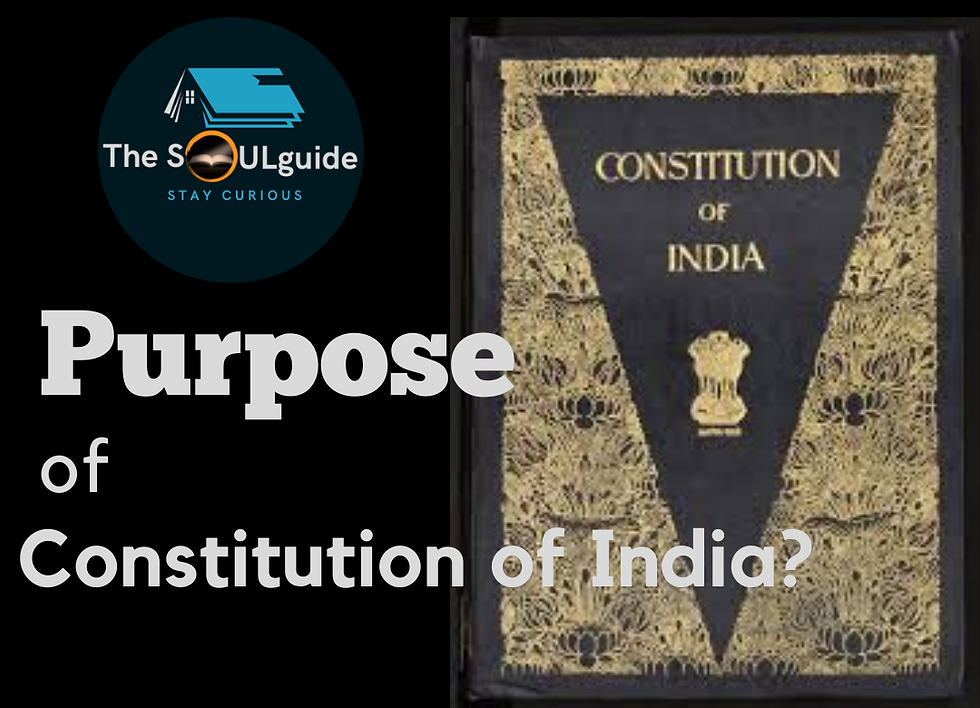How Concept of courts came in India. Evolution of Judicial System since 1772 till the Independence.
- TheSoulGuide

- Mar 12, 2023
- 3 min read
Judiciary holds high respect in the Indian context and it holds lot of powers when campared to the judicial systems of other countries. In India the judiciary has power to overrule the acts and question the legislature passed by the Parliament or state assemblies which is not the case for example with Britain. Like majority of the system in India currently is borrowed from the British. Let's learn how the system evolved and how it used to be during the British era.

The first British Indian law code was introduced during the rule of Warren Hastings (1772 - 85) in Bengal, Bihar and Orissa. Besides, District Diwani and Fauzdari adalats were introduced to try civil and criminal cases respectively. Other courts known as Sadar Dewani Adalat and Sadar Nizamat Adalat were also established as appellate courts for civil and criminal cases respectively. This system remained in force upto 1793.
Also, the Supreme Court, which had original as well as appellate jurisdiction was established at Calcutta under Regulating Act, 1773 and in 1780, the judicial powers of the six provincial Councils were transferred to six Dewani adalats.
Later under the Governor General Cornwallis, there was introduction of the Cornwallis Code that talked of separation of revenue and judicial administration, sovereignty of law and answerability of the government officials to the civil courts for their official actions. The East India Company had huge corruption within and the officials used to get involved in private businesses through their influence and to curb this they were also made answerable to the courts.
The Circuit Courts were established at Calcutta, Dacca, Murshidabad and Patna replacing District Fauzdari courts and the District Diwani Adalat was named as District or City or Zilla Court and was placed under a district judge. The collector was deprived of his magisterial functions.
A gradation of civil courts was established:
Munsif court
Registrar Court
District court
Circuit Courts
Sadar Diwani Adalat (Calcutta)
Kings in Council
Later on Lord Bentinck (1828-1833) appointed Indian judges in the lower courts and they were given wide powers and better pays. Earlier Indians were not considered at par with the Europeans. The provincial courts of appeal and circuit courts were abolished and Sadar Diwani and Nizamat adalats were established at Allahabad.
The charter of 1833 provided a base for codification of laws, and a Law commission under Macaulay was set up in 1834. This later led to the Civil Procedure Code (1859), Indian Penal Code (1860) and a Criminal Procedure Code (1801).
Under the Charter Act of 1853, the commission was appointed to create High Courts in India and under the recommendations of the commission appointed in 1853, the Indian High Courts Act, 1861 provided for the establishment of High Courts in Calcutta, Bombay and Madras instead of Supreme Court.
In 1911, under the Indian High Courts Act, three High Courts were established at Patna, Lahore and Rangoon. This act enabled the government to establish new High Courts and raise the strength of judges from fifteen to twenty.
Then, the Government of India Act, 1935 provided for the creation of the Federal Court, which was normally to be located at Delhi. The Federal Court was constituted in 1937 and Sir Maurice Gwyer became the first Chief Justice of the federal court of India.
This is how the British played their part in the current judicial system of India. This background certainly tells the evolution of concept of law and courts in India. The current judicial system needs reforms as well as the changes in the policing system of the country. The government looks serious on the issue of judicial reforms as evident from the now nullified NJAC (National Judicial appointments commission) and the statements of various ministers of the ruling government.
stay tuned for more.




Comments